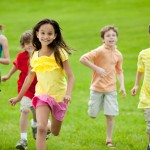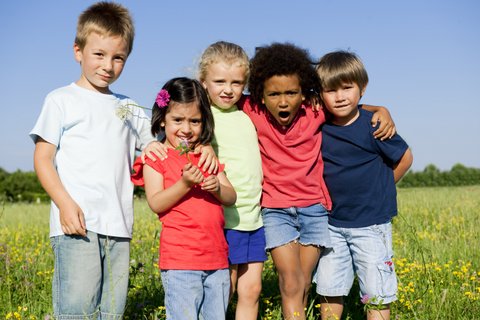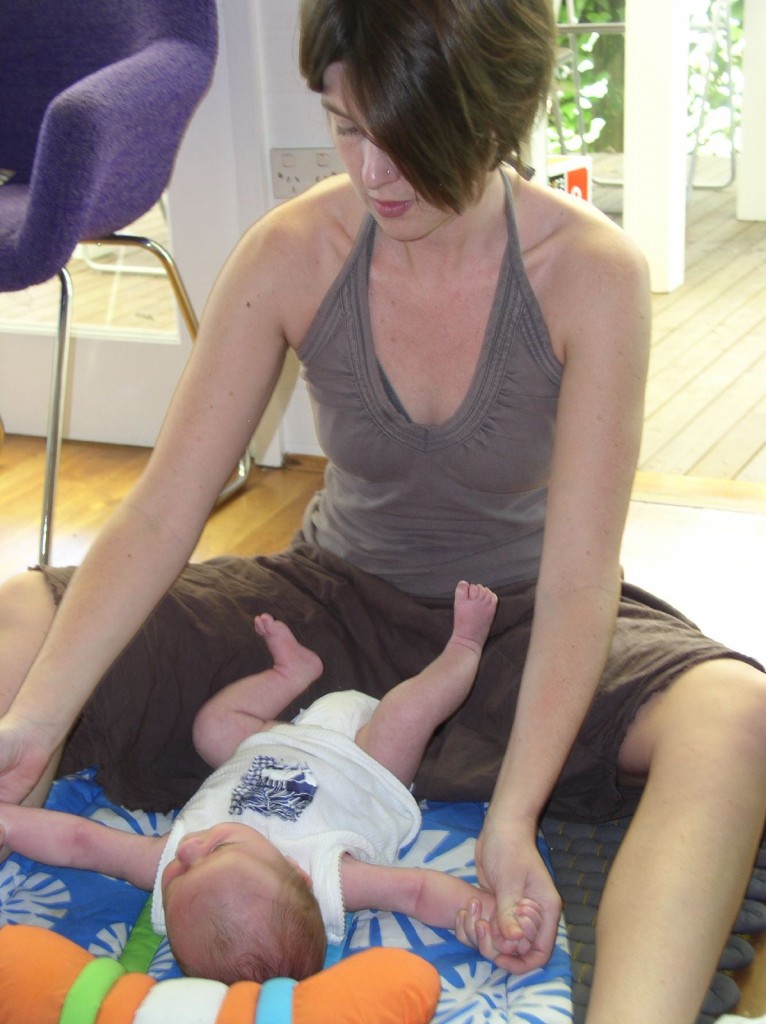Why consider some instruments at an earlier age over others? How does one assess if it is the right instrument?
Piano
Piano is the generally the most popular and successful instrument to start with from a young age. Most children can successfully begin at age 4 (this was me many years ago!) or 5. Occasionally, some children can begin as young as age 3.5 (lessons for ages 3-5 year olds generally incorporate a number of off the piano activities to reinforce piano skills in new and interesting ways. Instruments, colouring and movement may be incorporated depending on the teacher and needs of student). Skills to have mastered; Left/Right hands, recognize letters A-G (no need to be reading yet though), strong fingers with a high level of finger independence (how would you evaluate their fine motor skills? can they do up a button or zipper yet?). Piano is a great foundation for all instrument study, music reading is transferable to any instrument, the finger strength, rhythm and theory skills that piano study builds alone are irreplaceable.
Ukulele
Ukulele is a wonderful instrument for young children. Generally speaking, this instrument is best started at age 5 and can sometimes be started as early as age 4. Skills they should have mastered; Left/Right hands, be able to recognize letters A-G. Strong fingers, with good finger independence (though not as important as it is in Piano). Ukulele is also a wonderful instrument for children who would eventually like to move to Guitar. Do you have a child who loves to sing but not yet ready for voice lessons? Children can learn (mostly from example) to sing and accompany themselves at a young age. Take for example my daughter *gushing mother* who is 3.5, she is not ready for voice lessons, but I am considering placing her in Ukulele lessons this Fall so she can have more fun singing along with herself 🙂 http://youtu.be/-EMHdcVLAR0
Guitar
Guitar is a great instrument to begin at age 6 or 7, (to note for petite children – only with the right sized guitar – please speak to an instructor about the best size for your sized child). At this age it is best to start on an acoustic guitar with nylon strings, then transitioning into steel strings or electric guitar if desired. Children must have strong fingers (much stronger than Ukulele to fret the notes) and be comfortable with developing calluses.
Flute or Clarinet
Flute is a wonderful great first wind instrument, best started at age 8. Children need time to develop lung capacity and grow their little bodies (holding instruments away from your body for extended periods of time is tiring!) so no earlier is recommended. A wonderful precursor to the flute or clarinet however is the Recorder, which is great to begin at age 6.
Violin
The Violin can be very successful at age 5 if the child shows an interest. Unlike the piano, the violin is not as initially gratifying to listen to 😉 However, this beautiful instrument is great for developing a keen sense of pitch and heightened listening as one must be diligent on each sound made being in tune. Fine motor skills must be well developed here for a small fingerboard, good wrist flexibility for careful bowing and acknowledgment that sometimes arms will get tired from holding the instrument. Thankfully violins come in a large assortment of sizes, all the way down to 1/16th of the original size, be sure your child is fitted properly and always playing the correct size. The violin is also a great precursor to the cello, which is best started at age 8 or 9.
Voice
Voice lessons are best started at age 8. Much like the Flute and Clarinet, time is needed to develop lung capacity and grow! However, lessons can sometimes be started as early as 6 years old with the right teacher who takes care to guide the voice gently with repertoire and technique that is age, voice maturity and range appropriate. Voice training has many benefits, but less known to point out are – aiding in speech impediments, lisps, dealing with a new retainer or braces and finding a full voice for speech. To note – voice lessons are a wonderful compliment to piano or guitar learning where one can eventually learn to accompany themselves while singing and can provide a sound theoretical base for the voice.
Drums
Private drum lessons at age 8 are great if there is strong interest shown. Aptitude for rhythm can be indicated very early on in life (perhaps a gift of a toy drum they love to sing and play with?) and generally speaking you may be able to tell if your child is naturally rhythmic much earlier than 8 years old. Things to look for – strong coordination, beating beats on the kitchen table, love of dance, can clap (or tap, or beat on the table, etc) a steady beat, can clap back accurately what you clap, can clap along in time with music. However, the beauty of music training is – these things we look for to see if there is a natural tonal or rhythmic ability with any instrument – can all be developed with desire & study! Hooray!
-Vashti Fairbairn is a local New West music and piano teacher, owner of Music Box New Westminster’s Music Academy at the New Westminster River Market & a new Second location to serve you at 630 Carnarvon. You can learn more about raising your children musically at musicboxnw.ca/blog/





